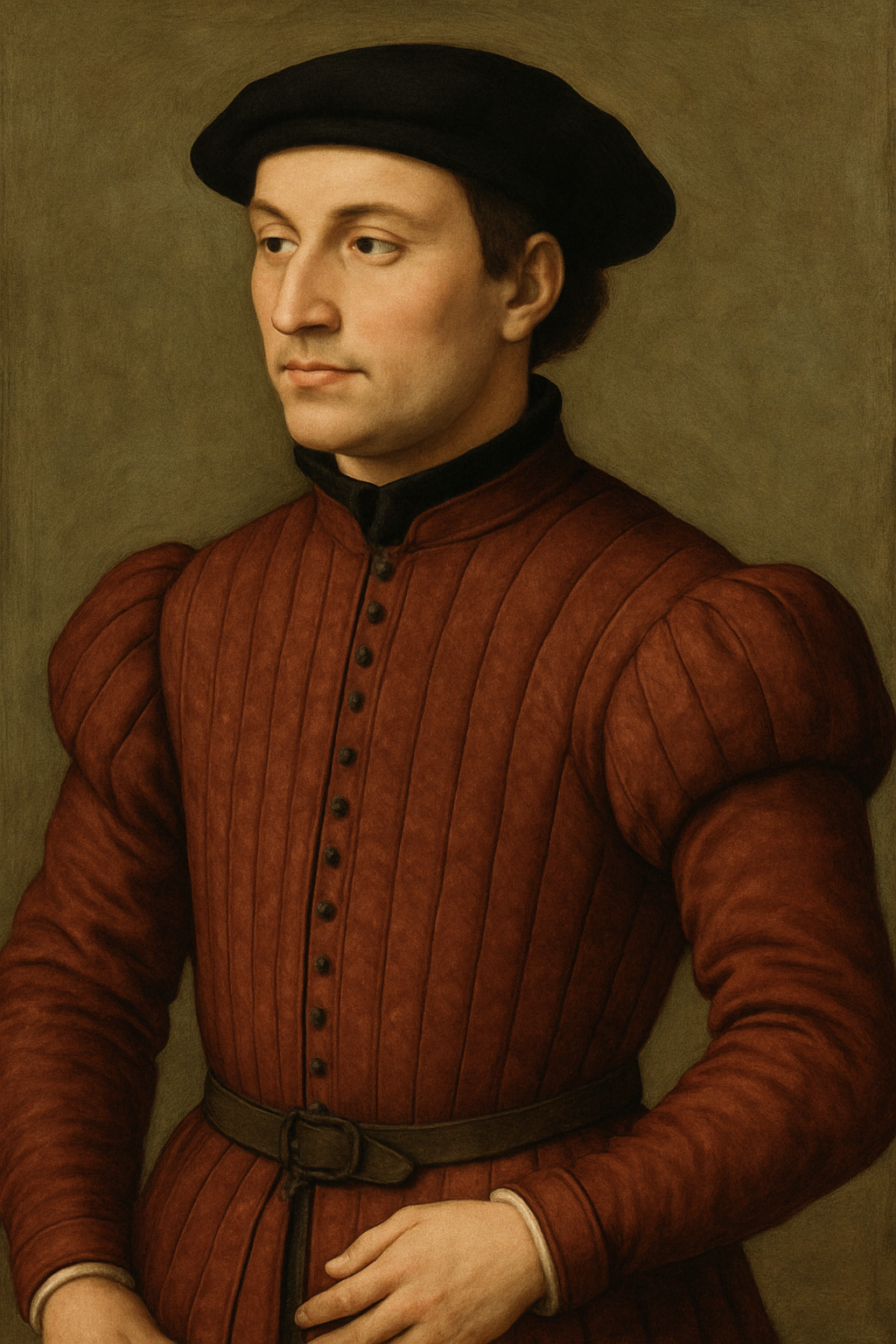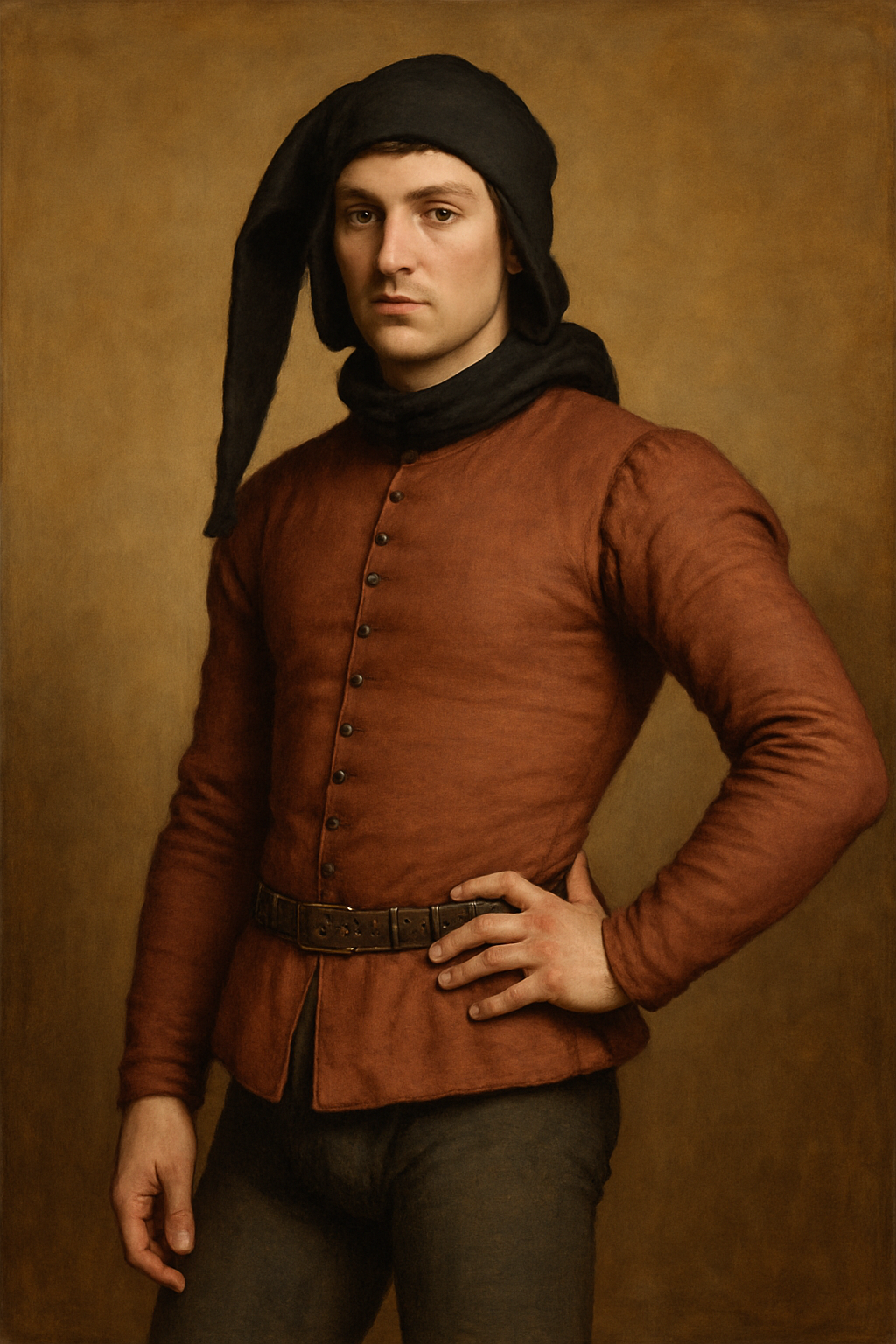What is a Jacket?
The jacket is a garment that represents an iconic part of men's fashion during the Renaissance. Also known by different names such as jaquetilla, xaqueta, or xaquetilla, its history dates back to the Late Middle Ages. Its development was not only driven by functional needs but also by a significant cultural transformation in how clothing was used as a symbol of social status and elegance.
Origin and Historical Evolution
The jacket emerged approximately around the year 1370 within the military realm, coinciding with the appearance of the doublet. Initially, this garment was designed for soldiers, providing additional protection when worn over the doublet of war and under armor or lorica. It was made with padding and lined with cotton or wool, characteristics that offered insulation and warmth to the wearer. However, it soon transcended its military use to become civilian attire, gaining popularity during the 15th century.

The jacket became a staple piece of Renaissance men's clothing, commonly worn over the doublet and paired with hose. This fashion allowed for a wide stylistic range, especially in the design of the sleeves, which could vary in cut and ornamentation.
Distinctive Features
One of the most distinctive features of the jacket was its length, which exposed the thighs, causing some controversy in Christian medieval society. The garment was fitted to the body and often required assistance to put on or take off, indicating not only a functional aspect but also a sign of social status.
- Extremely fitted
- Padded for greater warmth
- Paired with a belt of articulated plates (in its early forms)
Social Context and Usage
The jacket was particularly popular among young nobles and affluent merchants, serving as a symbol of distinction and refinement. Its tailoring was carried out by the "jubonero," a craftsman specialized in this type of high-quality clothing. During its peak, it served not only a practical function but also reflected the status and aesthetic taste of the wearer.

Evolution and Decline
As fashion trends changed over time, the shape and use of the jacket underwent transformations. By the early 15th century, the extremely tight fashion began to decline, and the jacket was incorporated into looser clothing ensembles known as "short garments."
Starting from the 15th century, the jacket declined in popularity, and the term itself began to fall out of use. Before the beginning of the 16th century, words such as "sayuelo" and "ropeta" started replacing it, marking its obsolescence in fashion vocabulary.
Variants and Cultural Legacy
There are known variants of the jacket, such as the jaquetilla, which is a shorter version of the original. This evolution had a significant impact on the development of later garments, setting precedents for what would later become modern jackets.
The legacy of the jacket is prominent in the history of Western clothing, showcasing a break from previous trends of the era and reflecting social and cultural changes of its time. The influence of the jacket remains present in contemporary fashion, demonstrating the importance of clothing as a reflection of social and cultural identity.
















